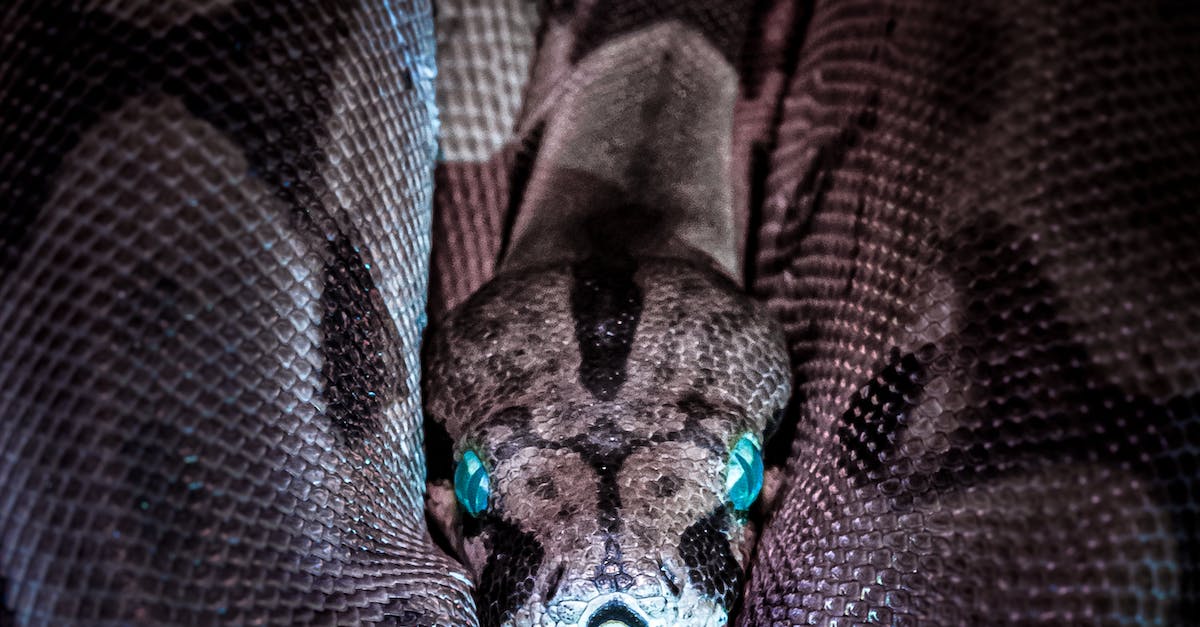Ah, the mysterious and often misunderstood pet snake. Cuddled up in your hand, they can appear innocuous and even endearing. But are you prepared for the challenges of owning one of these slithering creatures?
From the appropriate habitat to feed them to proper handling techniques, there is much to consider regarding snake ownership. And for the uninitiated, it can be daunting.
But never fear! I am here to help you navigate the sometimes tricky waters of pet snake care. Whether you are a novice or an experienced snake owner, I have the tips and tricks to help you confidently handle your pet snake.
From selecting the right type of snake for your home to creating a secure habitat to understanding how best to interact with your pet, I will provide you with all the information you need to ensure your pet snake has a safe and happy home. So let’s get started!
Choosing a Pet Snake
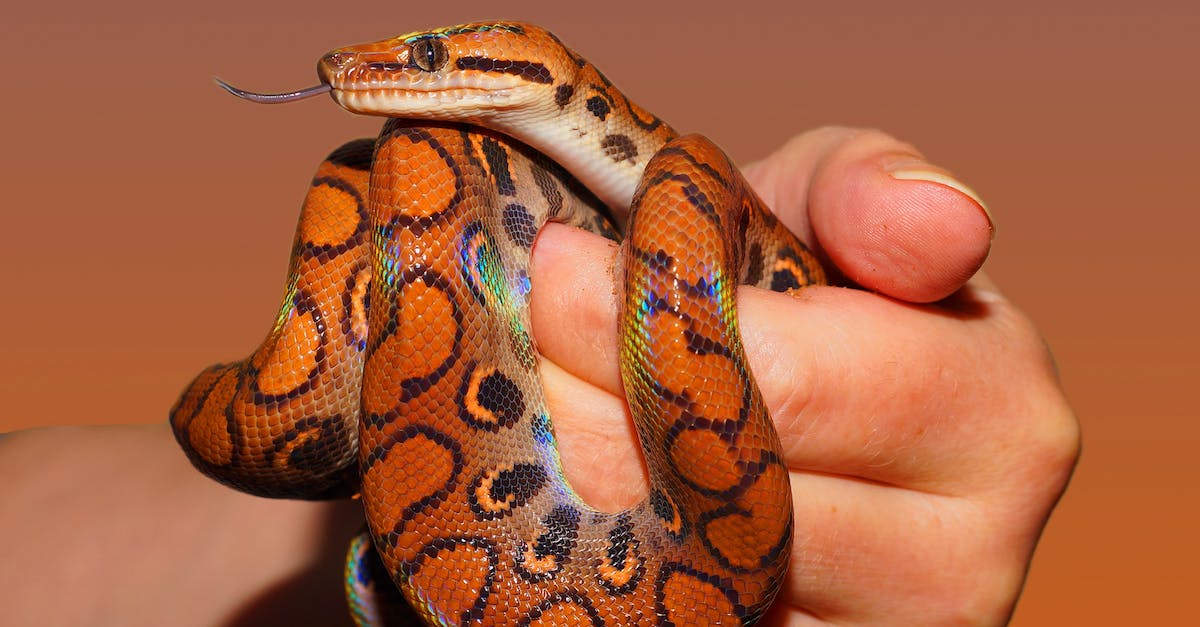
Are you considering a pet snake? It may seem daunting, but with the right research and preparation, it can be an enjoyable experience. Here are a few tips to help you get started:
- Research the different types of snakes. There are numerous species of snakes, each with unique needs and behaviors. Take the time to research which type of snake is best for your lifestyle.
- Visit a pet shop or reptile expo. Seeing the snakes in person will provide valuable insight into various species’ sizes, colors, and behavior. It will also allow you to ask questions to the experts.
- Consult with a vet. Ask a veterinarian about the health needs of the specific species of snake you are considering. They can also provide advice on safely handling the snake.
- Prepare the habitat. Ensure you have the right-sized enclosure and the correct temperature and humidity levels for the snake. Provide the snake with hiding places, climbing structures, and other items to stimulate its natural behavior.
- Handle with care. Always wash your hands before handling a snake, and keep your movements slow and steady. Ensure the snake has a safe place to retreat if it feels threatened.
Choosing a pet snake can be an exciting and rewarding experience with the right research and preparation. Have fun!
Setting Up the Snake’s Home
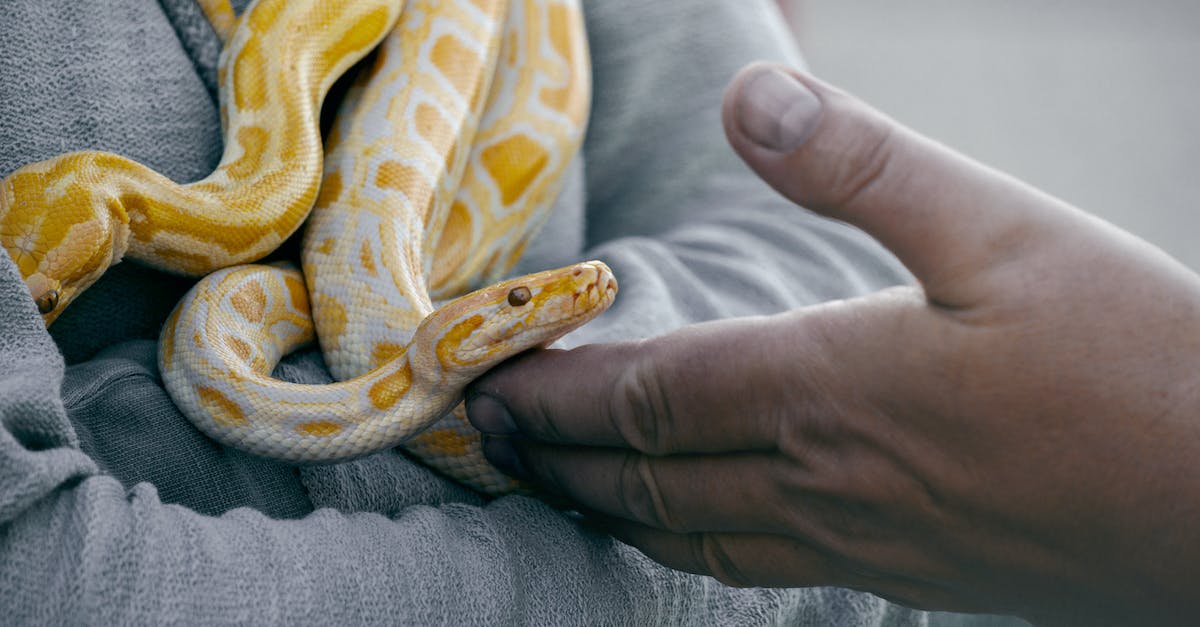
You’ve decided to take the plunge and have a pet snake. Congratulations! Now it’s time to ensure your slithery friend has a safe and comfortable home. Here are a few tips to help you get started.
- Choose the right tank – Firstly, you must choose a tank suitable for your snake. If you have a small snake, a 10-gallon tank will do the job, but you will need a larger tank if you have a larger snake. Be sure to check the size requirements for your particular species.
- Provide a secure lid – You don’t want your snake escaping, so ensure a secure lid for your tank. You can buy a lid specially designed for your tank with a secure closure.
- Provide a warm environment – Snakes like to be warm, so you will need to provide a heat source in the form of a reptile heat lamp. The temperature should be slightly above the snake’s average body temperature but check with the recommendations for your snake.
- Provide a hide box – Snakes love to hide away, so it’s important to provide a hide box in the tank. This will provide your snake with a place to rest and feel secure.
- Add a substrate – At the bottom of the tank, you will need to add a substrate, such as bark chips, gravel, or shredded paper. This will give your snake something to crawl on and help keep the tank clean.
Now that you have set up the perfect home for your snake, you can sit back and enjoy watching your new pet explore its new environment.
Meeting the Snake’s Dietary Needs
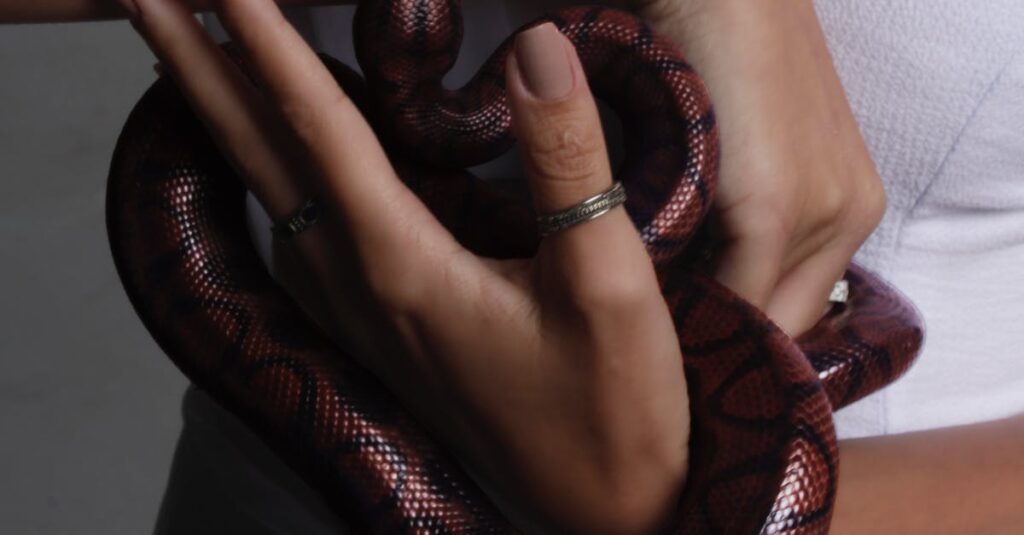
You and your pet snake have a special bond, and ensuring you provide the right nutrition to keep your pet healthy and happy is important. Meeting your snake’s dietary needs is essential to keeping your pet in tip-top shape.
Choose the Right Foods
Choose the right food for your pet, depending on its species. Some snakes eat only rodents, and others eat insects. Provide a variety of food sources, including pre-killed prey items, to ensure a balanced diet.
Introduce a Variety of Foods
Introduce your snake to a variety of foods. Offer different types of prey, such as mice, rats, lizards, and frogs. Make sure to feed your snake food no bigger than the widest part of its body to avoid choking or digestive issues.
Offer Nutritional Supplements
Offer your snake nutritional supplements such as vitamins and minerals. You can also provide calcium or multivitamin supplements to ensure your pet gets all the necessary nutrients.
Provide the Right Amount of Food
Provide the right amount of food for your snake. Overfeeding can lead to obesity and other health issues. Underfeeding can cause your snake to become malnourished.
Monitor Your Snake’s Eating Habits
Monitor your snake’s eating habits to ensure it receives the right amount of food. If your snake is not eating, it could indicate illness or stress. If your snake’s eating habits change, contact your veterinarian.
By ensuring your snake is receiving the right nutrition and a balanced diet, you can help keep your pet healthy and happy for many years to come.
Handling and Bonding with Your Snake
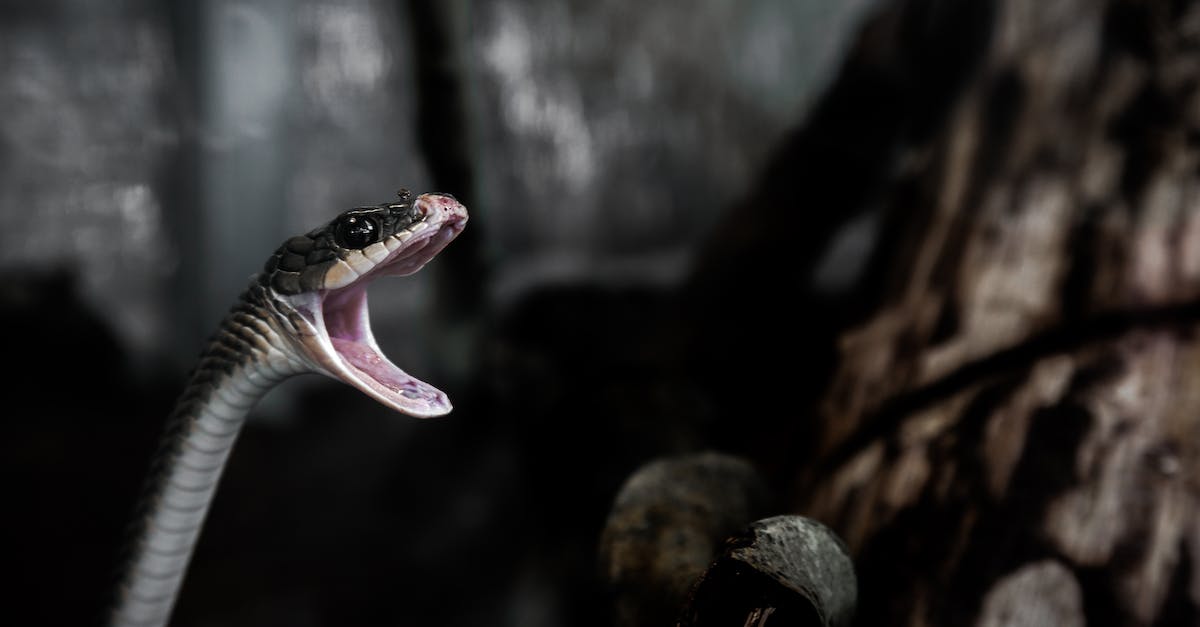
As an admirer of cold-blooded and often misunderstood creatures, you must learn the basics of handling and bonding with your pet snake. Here are some tips to get you started:
- Keep sessions short. Handling a snake can be stressful for both parties, so starting slowly and keeping your first sessions brief is important. Start with a few minutes daily and gradually increase your time together.
- Be gentle. Your snake will appreciate a gentle touch as you handle them. Snakes can sense fear and agitation, so staying calm and moving slowly when handling them is important.
- Take your time. Don’t rush your snake to do anything they’re not comfortable with. Spend time getting to know each other and build a strong bond of trust.
- Be patient. Building trust with a snake can take time, so it’s important to be patient and understanding. Be consistent with your interactions, and don’t give up if your snake doesn’t respond immediately.
- Provide enrichment. Enrichment activities like puzzle feeders and hide boxes can help engage your snake and strengthen your bond.
With these tips, you can build a positive relationship with your pet snake. Remember, a trusting bond takes time, so be patient and understanding.
Providing Your Snake with Proper Exercise

Exercising your pet snake is important to its overall health and well-being. Snakes in the wild expend a lot of energy hunting, so to keep your pet snake in good shape, you must provide them with a regular exercise routine. Here are some tips for providing your snake with proper exercise:
- Create a stimulating environment – Provide your snake with hiding places, climbing branches, and other items to encourage them to move around its enclosure.
- Provide them with space – Make sure your snake’s enclosure is large enough to move around freely.
- Encourage movement – Place a stick or other object in the enclosure that your snake can climb up or move around as it would in the wild.
- Take them out – Give your snake a chance to stretch its legs by removing it from its enclosure and allowing it to move around safely.
- Let them explore – Allow your snake to explore the area around its enclosure. This will help to keep it active and provide mental stimulation.
By following these tips, you can ensure that your snake gets the proper exercise needed to stay healthy and active.
Maintaining the Snake’s Health with Veterinary Care
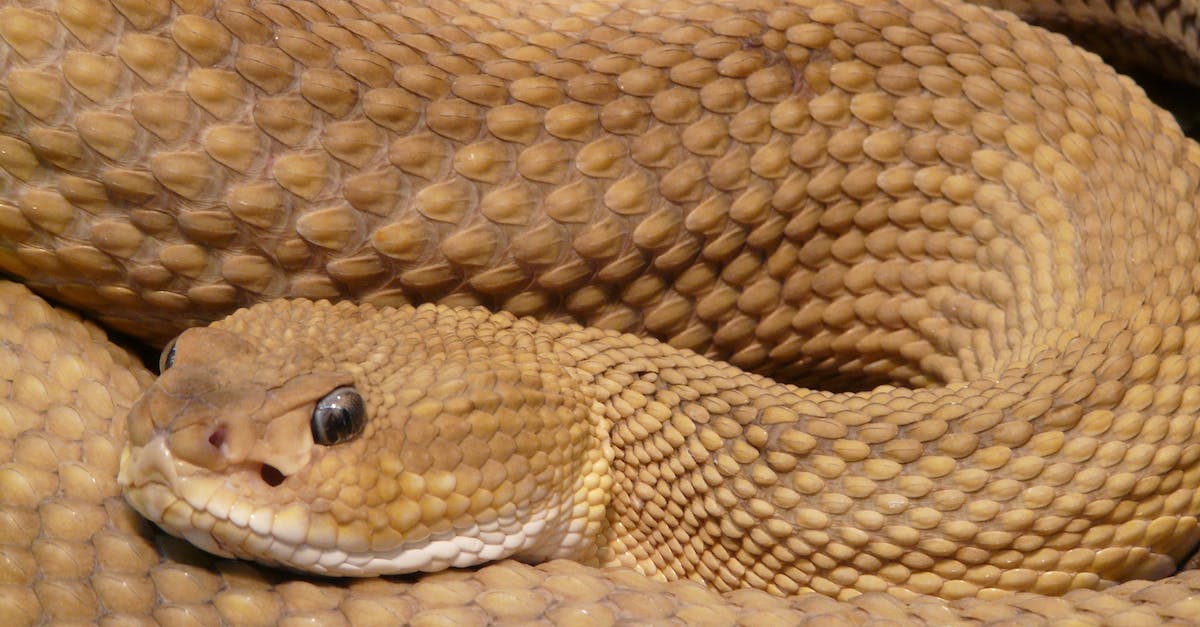
Caring for a pet snake is a big responsibility and you must ensure you stay on top of its health. One of the most important aspects of keeping your snake healthy is getting it regular veterinary care. Here’s how you can maintain your slithery friend’s health:
Find a Reptile-Savvy Veterinarian
• Research and contact a veterinarian who specializes in reptiles.
• Ask for referrals from reptile forums, pet stores, and other reptile owners.
• Check the vet’s credentials and the services they provide.
• Contact the vet to ask questions and arrange an appointment.
Prepare for the Appointment
• Make sure you know the snake’s species, age, and any existing medical conditions.
• Gather information about the snake’s diet, habitat, and any recent changes in behavior.
• Bring a sample of the snake’s stool to the appointment.
• If possible, bring the snake’s habitat with you.
During the Appointment
• Allow the vet to examine the snake and answer any questions they may have.
• Ask questions about the snake’s health and any treatments recommended.
• Discuss any supplements, medications, or vaccinations that may be beneficial.
• Follow the vet’s instructions for any treatments and medications given.
Maintaining your pet snake’s health is essential, and regular veterinary care is the best way. So, take the time to find a reptile-savvy vet, prepare for the appointment, and be sure to ask questions during the visit. With regular veterinary care, your pet snake will be healthy and happy for years.
Caring for the Snake During Shedding
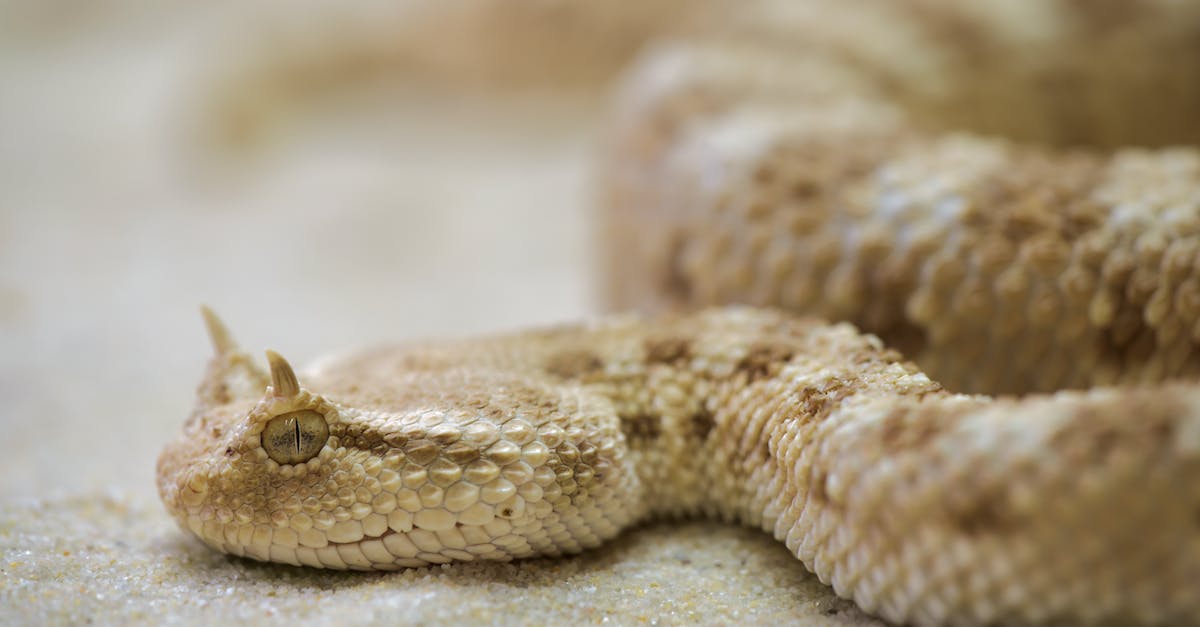
Ah, the process of shedding! It’s a natural part of a snake’s life and one that you should be prepared for as a pet snake owner. Here are some tips on how to handle the shedding process:
- Provide a warm, humid environment – A warm, humid environment helps the snake to shed its skin easily and quickly. You can create this environment in your home by providing a heat source, such as an incandescent bulb, and adding some humidity with a bowl of water or a misting system.
- Keep the enclosure clean – A clean enclosure will ensure that the snake has a comfortable environment in which to shed. Remove any old skin that has been left behind, and replace any dirty substrate, such as dirt or sand.
- Offer regular baths – Regular baths in lukewarm water will help to keep the snake’s skin soft and supple, which will make it easier for the snake to shed.
- Handle the snake carefully – When the snake is in the process of shedding, it may be a bit more sensitive than usual. Handle your snake carefully and gently, and avoid any rough handling that may cause irritation.
- Observe the process – Shedding can take several days, so it’s important to keep an eye on the process to make sure that it is going smoothly. If you notice any areas of retained skin, or if the shed skin appears to be overly thick or dry, then contact your veterinarian for advice.
By following these tips, you can help to ensure that your pet snake’s shedding process is as easy and stress-free as possible. Good luck!
Knowing When to Seek Professional Help

From the moment you lay eyes on your pet snake, you know that you have a unique responsibility to keep them safe and healthy. But even the most experienced snake owners can find themselves in over their heads. Knowing when to seek professional help can be the key to a long and happy life for your slithery friend.
- Observe the snake’s behavior. If you notice any changes in your pet snake’s behavior, such as refusing to eat, hiding more than usual, or being unusually aggressive, it may be a sign that something is wrong. Don’t hesitate to reach out to a specialist or veterinarian for help.
- Check for physical symptoms. Physical symptoms, such as a decrease in activity, unusual bumps or lumps, or cloudy eyes, can all be signs that your snake needs medical attention. If you notice any of these symptoms, don’t wait to get help.
- Watch for changes in the environment. If the environment in which your pet snake lives changes drastically, it may affect the snake’s health. Make sure to monitor your snake’s environment closely and make any necessary adjustments to keep it as comfortable as possible.
- Check for parasites. Snakes can be susceptible to parasites, so it’s important to keep an eye out for any signs of infestation. If you think your pet may have parasites, get in touch with a specialist or veterinarian for advice.
- Seek help if you don’t feel comfortable. Snakes can be intimidating, especially if you’re not used to handling them. If you ever feel like you don’t know what you’re doing, don’t hesitate to seek professional help.
Taking care of a pet snake can be an incredibly rewarding experience. But if you ever find yourself in over your head, remember that there are professionals who can help. Don’t be afraid to reach out if you ever need assistance.
Conclusion
Ah, snakes. Mysterious creatures have been the source of fascination and awe for centuries. But now, let’s get down to the serious business of how to handle a pet snake.
First off, it’s important to note that pet snakes require a lot of special care. You need to provide them with a warm, comfortable habitat and plenty of food and water. You’ll also need to be very careful when handling your pet snake. Make sure to keep your hands clean and be gentle when touching them.
It’s also important to remember that snakes do not like to be handled too much or too often. So, it’s best to give them time to settle into their new environment before attempting to handle them. Once they have settled in, you can slowly handle them more.
Of course, it’s also important to know when to stop. If your snake ever shows signs of stress or discomfort when being handled, it’s best to give them space and let them relax.
So there you have it! With patience and care, you can become a responsible snake owner. Just remember to give your pet snake plenty of love and attention, and they will be sure to bring you years of joy and companionship.

